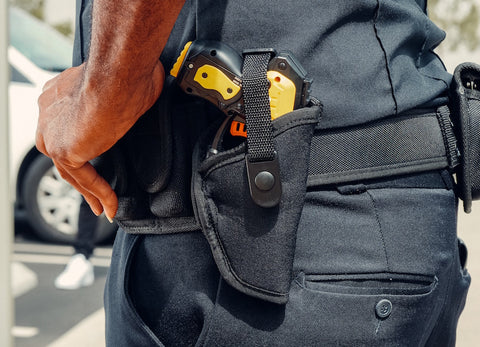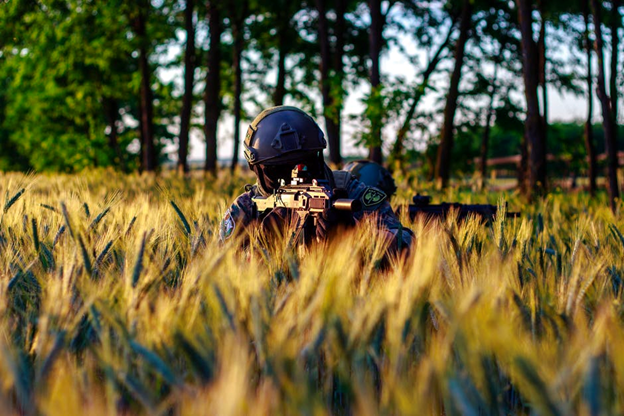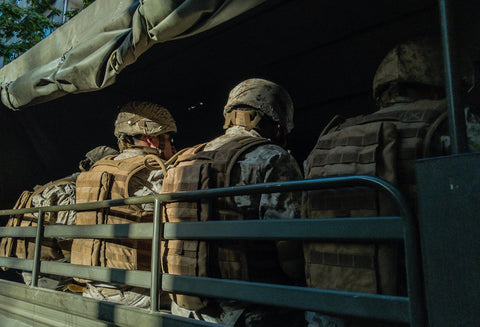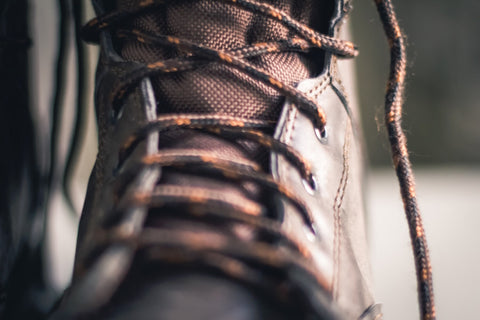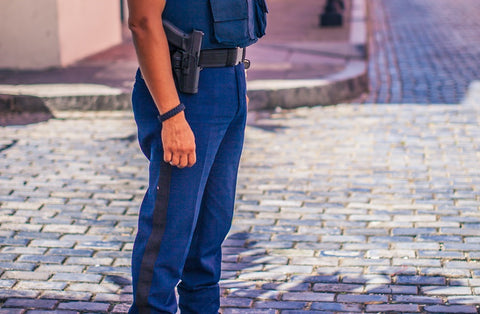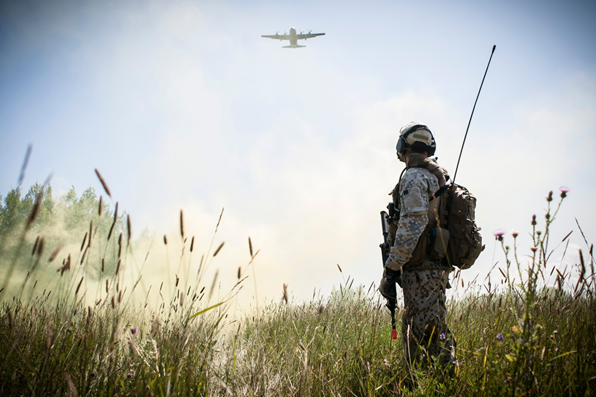How to Set Up a Police Duty Belt

Your Police Duty Belt Can Make or Break Your Success
As a police officer, your duty belt is more than just an accessory. It’s a means to an end that puts you in close contact with your most crucial tools.
You’ll find yourself in situations that require quick thinking and fast action. That’s why you need your duty belt to be set up in a way that gives you easy access to these tools.
How you set up your duty belt is ultimately up to you – but professional officers with lengthy careers have learned the best ways to organize their belt. We’ve shared their top tips below.
What is a Duty Belt?
Police officers can’t just wear any belt. Their belt needs to do more than hold their pants up – it has to be created in a way that allows room for pouches and equipment to hang tightly. The belt must be durable, and equipment must be easy to remove without any hassle. These belts are usually made from leather or nylon.
Why Officers Need Duty Belts
As an officer, you need a duty belt because it’s simply the best method of carrying equipment that you’ll need to access quickly and efficiently. Duty belts also allow a customizable approach, letting you balance your equipment, so your mobility is not compromised.
How to Choose the Right Belt
With so many belts on the market, how can you ensure you’re picking one that actually serves you well?
There is no unanimously favoured belt. However, there are three popular approaches to wearing belts, and the one you think you’d benefit from may determine what kind of belt you look for. Specifically, this includes:
The Old School System
This traditional method involves threading the belt through each piece of gear first. Then, you loop the belt through the pants so each piece of gear goes where you want it to. This method has remained popular for decades, though it can take plenty of time and practice to get it right.
The Keeper System
This method involves placing a small leather belt in the pant loops. Then, an outer duty belt is added via Velcro or snaps. This way, the entire duty belt can be removed at once.
The Velcro System
This method involves using an inner and outer belt that are attached to each other by Velcro.
Other Aspects to Consider
You might have a preference for which material you use, and your department may have a limited scope of which duty belts are acceptable for use.
Positioning a Duty Belt Properly
Once your belt is attached, ask yourself: does it feel right?
If you’re new to using duty belts, there’s a good chance that something might feel ‘off.’ That’s because learning to wear duty belts is a learning process that requires a trial-and-error approach.
When you try different positioning techniques, there are two things you should prioritize: comfort and balance.
Working in discomfort doesn’t make you tougher – it actually slows you down and distracts you. The best officers find a way to limit these distractions. Balance is also important, as you wouldn’t want one side of your body to feel more pressure than the other side.
We recommend experimenting with gear placements until you find a setup that allows you to focus on your duties without being weighed down by discomfort or imbalance.
Testing Out Your Duty Belt
There is no point in having a well-assembled duty belt if you don’t know what to do with it. Avoid nervously freezing or struggling to remember where each piece of gear is by testing out your duty belt.
We recommend practicing pulling out different pieces of gear while fabricating different scenarios – ideally, you should work with a colleague who will set up mock tests for you. In these mock hostile situations, you will learn how you instinctively act in these scenarios. By understanding your instincts, you will understand how you will act when the scenarios occur in real life.
Must-Have Equipment For Your Duty Belt
Firearm
The belt area is the perfect place to keep your holster. It gives you control and easy access.
Handcuffs
Hostile situations can make it hard to restrain someone, so you can’t afford to waste time searching your own body for your cuffs.
Expandable Baton
This may not be your go-to weapon, but in situations that require it, you’ll need to be able to reach for it quickly.
Magazine Pouches and Extra Magazines
The duty belt provides great capacity for storage of magazines and ammunition.
READ MORE: Is the Hip or Thigh Holster the Best Option For Police?
Conclusion
Duty belts are one of the most understated pieces of gear that officers use, but they can make or break your success during difficult encounters. By carefully thinking about how you use your duty belt, you can set yourself up to act quickly and effectively.
At PSP Corp, we carry a wide variety of duty belts that are crafted for your needs. You can view our selection here.


